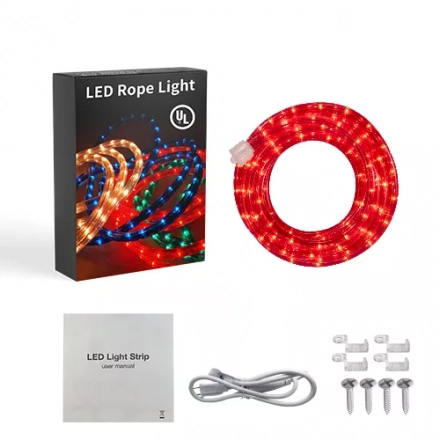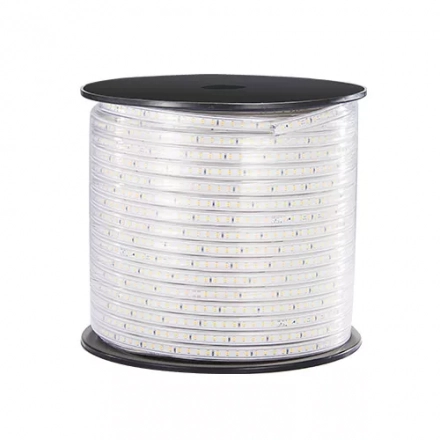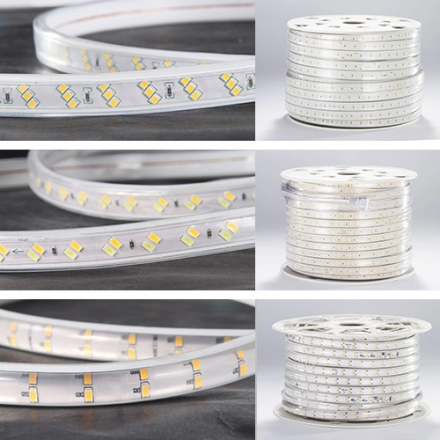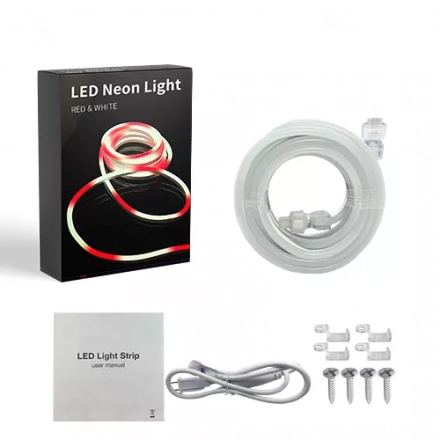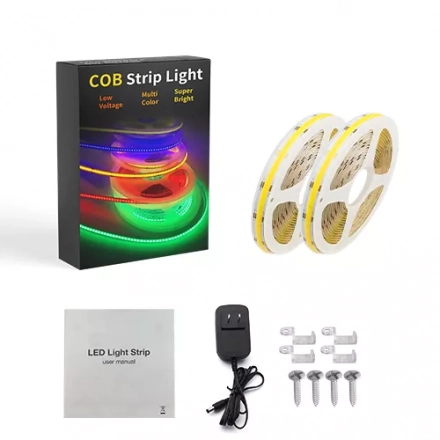Analyzing the Potential of LED Strip Light in Robotics: Providing Light for Vision Systems or Aesthetic Purposes
In the field of robotics, the integration of various technologies is crucial for enhancing functionality and performance. One such technology that holds promise is LED strip light. LED strip lights are flexible, versatile, and offer a wide range of colors and lighting effects. This article aims to objectively analyze the potential applications of LED strip lights in robotics, specifically focusing on their ability to provide light for vision systems or serve aesthetic purposes.
LED Strip Light for Vision Systems:
LED strip lights can serve as valuable additions to robotic vision systems. By strategically placing LED strips around a robot's working area, lighting conditions can be optimized for improved vision. The additional illumination can compensate for low-light environments or shadows, enabling robots to perceive objects more accurately. LED strip lights can provide consistent, uniform lighting, minimizing the risk of glare or harsh reflections that could affect vision system performance.
Moreover, LED strips offer flexibility in color and intensity adjustments, allowing robots to adapt to various working conditions. For example, different colors of LED strip lights can be used to enhance contrast or highlight specific objects or regions of interest. This capability enhances object detection, making it easier for robots to identify and manipulate objects accurately.
Furthermore, LED strip lights can aid in visual data acquisition by reducing noise and improving image quality. They can be used to minimize the effects of motion blur or increase the frame rate, enabling robots to capture clearer images and make more precise decisions. Overall, the integration of LED strip lights into robotic vision systems can significantly enhance their performance and reliability.
LED Strip Light for Aesthetic Purposes:
In addition to their functional applications, LED strip lights can contribute to the aesthetics of robotic systems. Robots designed for human interaction or public exhibitions can leverage LED strip lights to create visually appealing displays. These lights can be used to illuminate specific parts of a robot's body or form intricate patterns, adding a captivating visual element.
LED strip lights offer a wide range of colors and effects, allowing for customization and personalization. They can be synchronized with robot movements or programmed to respond to external stimuli, creating dynamic and interactive displays. This capability makes robots more engaging and relatable, enhancing the user experience in human-robot interactions.
Moreover, LED strip lights can serve as visual indicators, conveying information or emotions. By changing colors or patterns, robots can communicate their status, intentions, or reactions, facilitating effective communication with humans. This feature is particularly valuable in collaborative or assistive robotics, where robots need to convey their actions or intentions clearly.
Conclusion:
LED strip lights have tremendous potential in robotics, both for providing light in vision systems and enhancing robot aesthetics. By integrating LED strip lights into vision systems, robots can benefit from improved object detection, enhanced visual data acquisition, and optimized lighting conditions. Simultaneously, LED strip lights can contribute to the aesthetic appeal of robots, making them visually engaging, interactive, and capable of effective communication. The adoption of LED strip lights in robotics is an exciting direction that can advance the capabilities and user experience of robotic systems.

